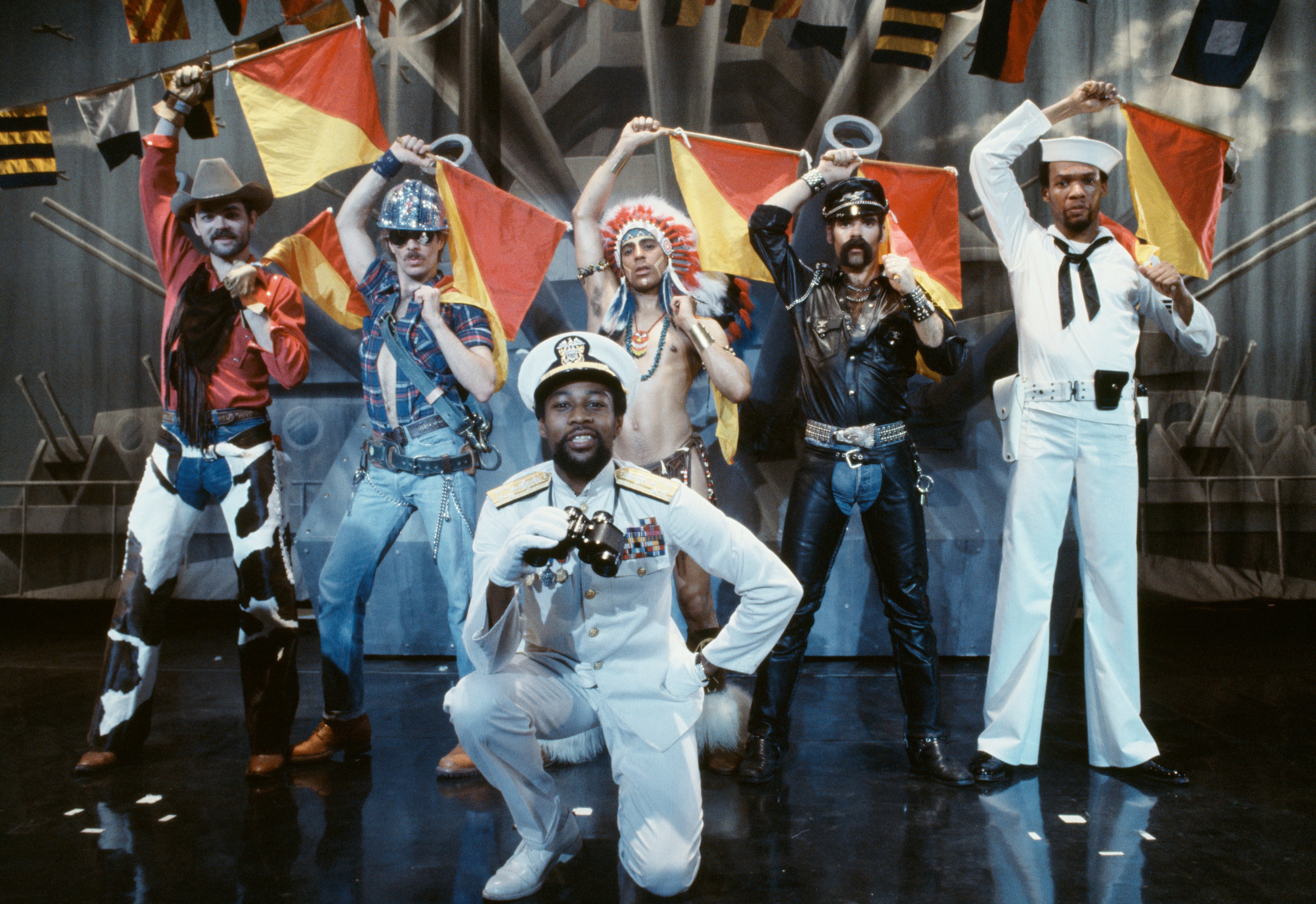We are working in a world whose future feels as confused and as opaque as any time in recent memory.
Except perhaps one. Some historians and economists are tentatively drawing parallels between mounting macro pressures we are experiencing today and the 1970s, a time that also saw inflation, a budding energy crisis, tension with Russia, and concerns about automation. Not to mention talk of the four-day workweek and the rise of vintage flare jeans.
For more on the future of work, sign up for the free Charter newsletter.
Jefferson Cowie is a Vanderbilt University professor and a specialist in the history of the 1970s. In his book Stayin’ Alive, Cowie argued that decade saw the decline of support for a strong American working class and rise of shareholder capitalism, which has rippled through our workplaces over the past 40 years.
And now—while he cautions against forecasting the future based on historical analogies—Cowie believes we are at another inflection point in the history of the US worker. “What was built in the ‘70s is falling apart now,” he says.
The pendulum seems to be swinging back:
- Politicians on both sides of the aisle—from Bernie Sanders to Donald Trump—are at least claiming to champion the US worker. President Biden’s defining political identity is the working class.
- The tight labor market is forcing companies to improve compensation and working conditions. Some employers who have for decades gotten away with treating workers poorly have been in crisis because they now can’t retain or hire staff.
- Globalization is under pressure. Pandemic supply-chain problems and geopolitical conflict with Russia and China are leading US companies to shift work closer to home.
- Corporate America—especially tech platforms—face the prospect of increased antitrust scrutiny and regulation.
- The pandemic, climate crisis, and Russia conflict have demonstrated the role for an active government.
Where will this take us? “We don’t really quite know what’s going on,” says Cowie. “It could go far right. It could go far left. It could stumble forth in some other way.”
While they remain unresolved, the trends Cowie cites could suggest the potential for a better chapter for work ahead. It is possible that we could end this turbulent decade with more workers earning living wages and enjoying better job security and working conditions. There are reasons to hope that we’ll see greater flexibility and support for caregivers, and concrete progress toward closing gender and racial pay gaps. Amid the confusion, it’s up to all of us to insist on, lead toward, and vote for such progress.
For more on the future of work, sign up for the free Charter newsletter.
